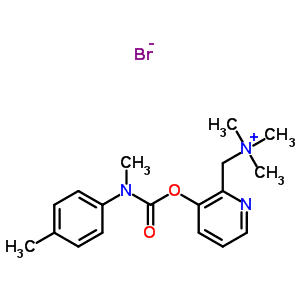Molar mass 78.0705 g/mol | ||
 | ||
Appearance Colorless, rhombic crystals | ||
Ammonium carbamate is a salt formed by the reaction of ammonia with carbon dioxide or carbamic acid. This compound is a white solid that is extremely soluble in water, soluble in alcohol, and only slightly volatile at room temperature. It is prepared by the direct reaction between liquid ammonia and dry ice (solid carbon dioxide):
Contents

Reactions
Ammonium carbamate undergoes hydration reversibly:
NH2CO2NH4 + H2O → (NH4)2CO3It may also revert to carbon dioxide and ammonia as follows:
NH2CO2NH4 → 2NH3 + CO2
Ammonium carbamate can play a key role in the formation of carbamoyl phosphate, which is necessary for both the urea cycle and the production of pyrimidines. In this enzyme-catalyzed reaction, ATP and ammonium carbamate are converted to ADP and carbamoyl phosphate. The reaction is as follows:
ATP + NH2CO2NH4 → ADP + H2NC(O)OPO32−Uses

The ability of ammonium carbamate to make urea was first discovered in 1870 by Bassarov when he heated ammonium carbamate in sealed glass tubes at temperatures ranging from 130 to 140 °C. This yields urea and water in an equimolar ratio. A typical industrial plant that makes urea can produce up to 1500 tons a day. Ammonia and carbon dioxide is excessively fed to a synthesis reactor in this process. Ammonium carbamate is produced as an intermediate in this reactor and can then be dehydrated to urea according to the following equation:

Ammonium carbamate has also been approved by the Environmental Protection Agency as an inert ingredient present in aluminum phosphide pesticide formulations. This pesticide is commonly used for insect and rodent control in areas where agricultural products are stored. The reason for ammonium carbamate as an ingredient is to make the phosphine less flammable by freeing ammonia and carbon dioxide to dilute hydrogen phosphide formed by a hydrolysis reaction.
Ammonium carbamate can also be used as a good ammoniating agent. Compared to ammonia however, it is not nearly as strong an ammoniating agent.



